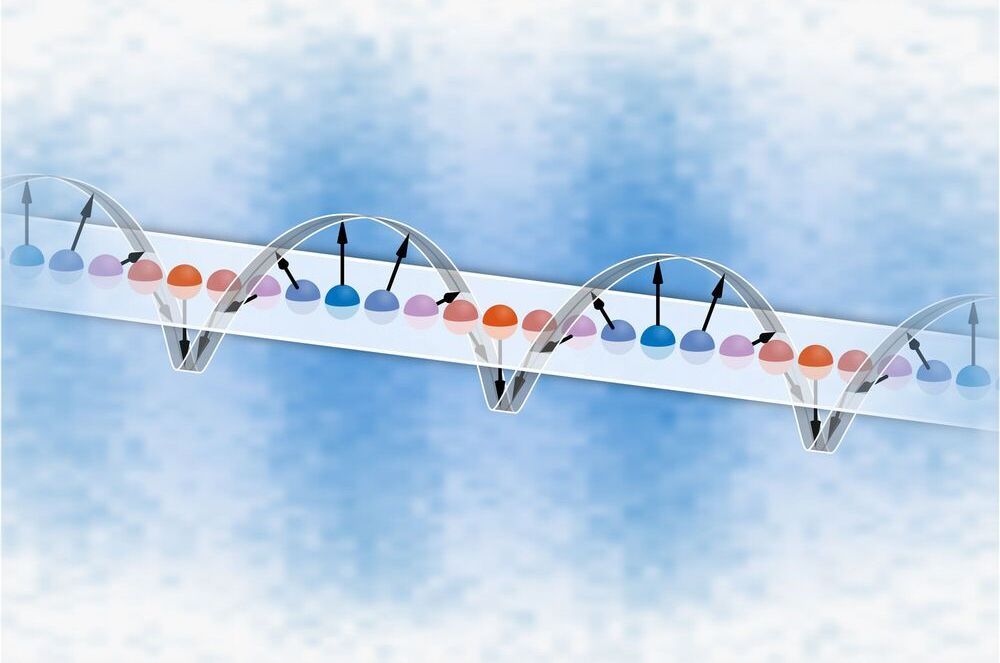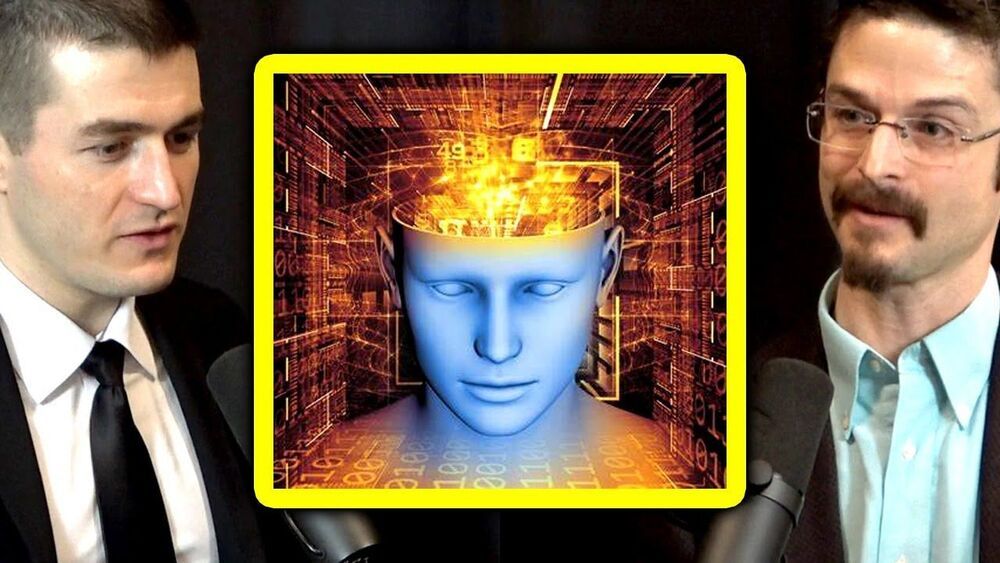Dec 16, 2020
How to watch the Jupiter and Saturn ‘great conjunction’ of 2020
Posted by Eamon Everall in category: space
Here’s a tip.
On the 21 December solstice, the planets will look like one brilliant star as Jupiter’s and Saturn’s 12-and 29-year orbits bring them together. The last great conjunction was in May 2000, but its position in the sky meant it was difficult to see. The great conjunction of 1623 (when Galileo Galilei was still alive) was also hard to spot because, the Perth Observatory explains, it appeared close enough to the sun that it would have been “lost in the sun’s glare”.
“You’d have to go all the way back to just before dawn on 4 March 1226 to see a closer alignment between these objects visible in the night sky,” according to Patrick Hartigan, an astronomer from Rice University in Texas.
Continue reading “How to watch the Jupiter and Saturn ‘great conjunction’ of 2020” »

















